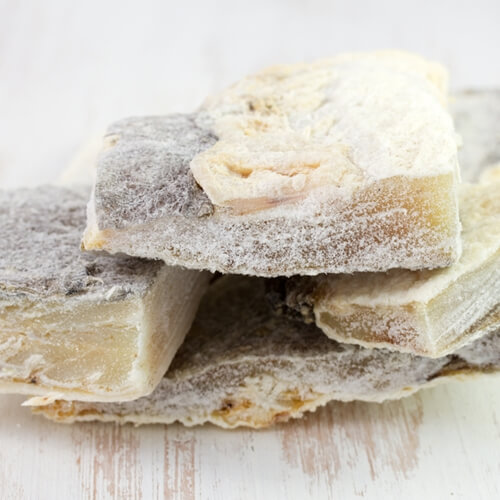Exploring preserved meat: salt cod

There are many food items that are consumed world wide, and salt cod is one of them. Back when refrigeration wasn’t readily available, people preserved the fish to extend its shelf life. While fresh cod is consumed more often than its salted counterpart, this fish can be a unique ingredient to keep in your culinary tool kit. Take culinary courses online to learn more about meat preservation, but keep reading to get some insight into salt cod:
Salt cod at the market
When you head to the market to purchase salt cod, you’ll see it being called by different names. It’s often referred to as “baccala” or “bacalao.” Speak with the fishmonger to ensure it is actually cod, not another fish, because some places use hake or white fish instead.
Preparation
As with other salt-cured meats, you need to desalt the item before it’s ready for consumption. For most filets you will need to place the fish in a pot of cold water in the fridge for a couple of days, changing out the liquid up to three times per 24-hour cycle. If you have a really thick cut, you may need to soak it longer before it will be ready to cook. You probably won’t need to add any extra salt. Enjoy salt cod with salad, in tacos or stuffed into fried dough.

